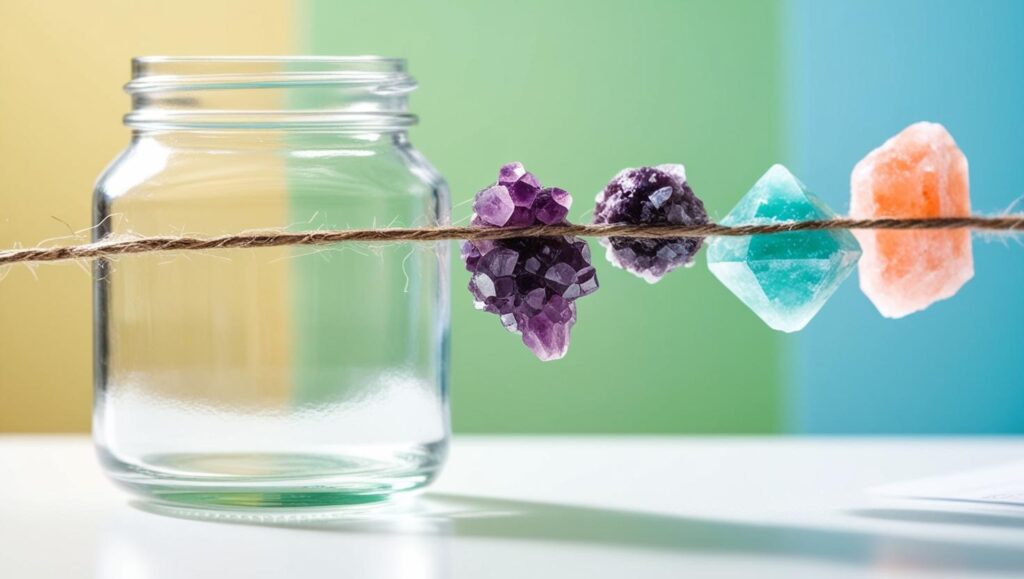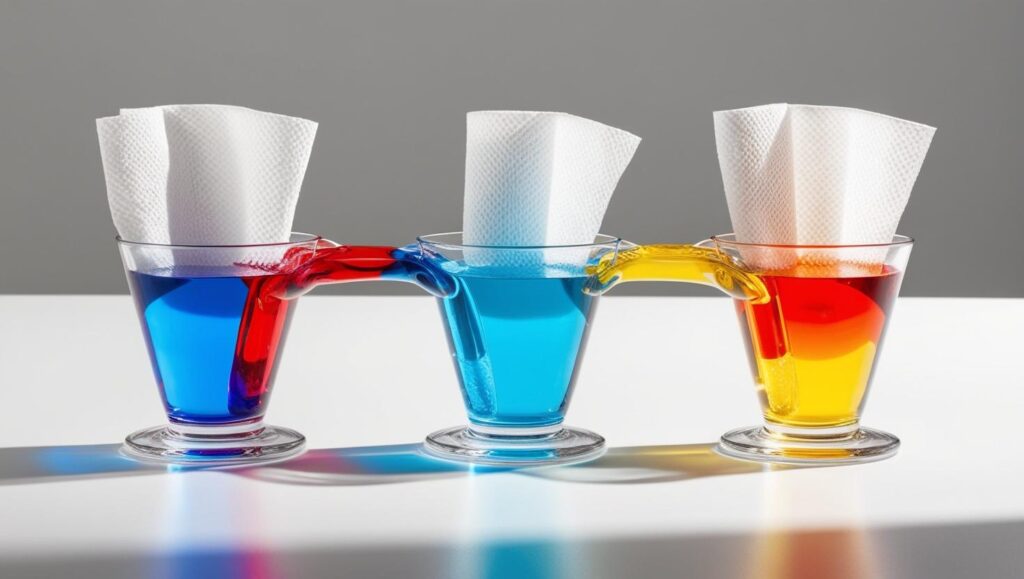Science is an exciting way for children to explore the world around them. Whether at home or in the classroom, fun and easy experiments can spark curiosity and encourage learning. Here are some engaging science experiments for kids that are simple, safe, and educational.
The Magic of Baking Soda and Vinegar Volcano
One of the most classic science experiments, the baking soda and vinegar volcano, is a fantastic way to demonstrate chemical reactions. This experiment is safe, easy to set up, and visually impressive.
Materials Needed:
- Baking soda
- White vinegar
- Dish soap (optional)
- Food coloring (optional)
- Small plastic bottle
- Tray or large plate
Instructions:
- Place the plastic bottle on the tray.
- Fill the bottle halfway with baking soda.
- Add a few drops of food coloring and a squirt of dish soap.
- Slowly pour vinegar into the bottle and watch the eruption!
This reaction occurs because baking soda (a base) reacts with vinegar (an acid), producing carbon dioxide gas that creates fizzing bubbles.

Growing Your Own Crystal Garden
Crystals are fascinating structures that form naturally over time. This simple experiment allows kids to grow their own salt or sugar crystals while learning about crystallization.
Materials Needed:
- Water
- Table salt or sugar
- A glass jar
- A string or pipe cleaner
- A pencil or stick
Instructions:
- Heat water until warm but not boiling.
- Stir in salt or sugar until no more dissolves.
- Tie a string to a pencil and place it over the jar so the string dangles inside.
- Leave the jar undisturbed for a few days and watch crystals form on the string.
This experiment demonstrates saturation and crystal formation as the dissolved salt or sugar solidifies over time.

The Floating Egg Experiment
This easy experiment teaches kids about density and why some objects float while others sink.
Materials Needed:
- A raw egg
- A glass of water
- Salt
- Spoon
Instructions:
- Place the egg in a glass of plain water. Observe that it sinks.
- Remove the egg and stir in several tablespoons of salt.
- Place the egg back in the water and watch it float!
Adding salt increases the water’s density, making it easier for the egg to float. This is the same principle behind why people float more easily in the ocean than in freshwater lakes.
Invisible Ink with Lemon Juice
Want to send a secret message? This simple science experiment shows how acidic substances react to heat, revealing hidden messages.
Materials Needed:
- Lemon juice
- Water
- Cotton swab
- White paper
- Heat source (lamp or iron)
Instructions:
- Mix equal parts lemon juice and water.
- Use a cotton swab to write a message on the paper.
- Let the paper dry completely.
- Hold it near a warm lightbulb or gently iron it to reveal the message.
The heat causes the lemon juice to oxidize and turn brown, making the hidden writing visible.
Walking Water Experiment
This colorful experiment demonstrates capillary action and how water moves through materials like paper towels.
Materials Needed:
- Three clear cups
- Water
- Food coloring (red, blue, and yellow)
- Paper towels
Instructions:
- Fill two cups with colored water (one with red, one with blue) and leave the middle cup empty.
- Fold two paper towels and place one end in the colored water and the other in the empty cup.
- Watch as the water “walks” up the towel and mixes to form a new color in the middle cup!
This experiment is a great way to introduce kids to capillary action and color mixing.

Conclusion
Science doesn’t have to be complicated to be fun! These simple science experiments for kids introduce basic scientific concepts while sparking curiosity and excitement. Try these at home or in a classroom setting and watch young minds light up with wonder!